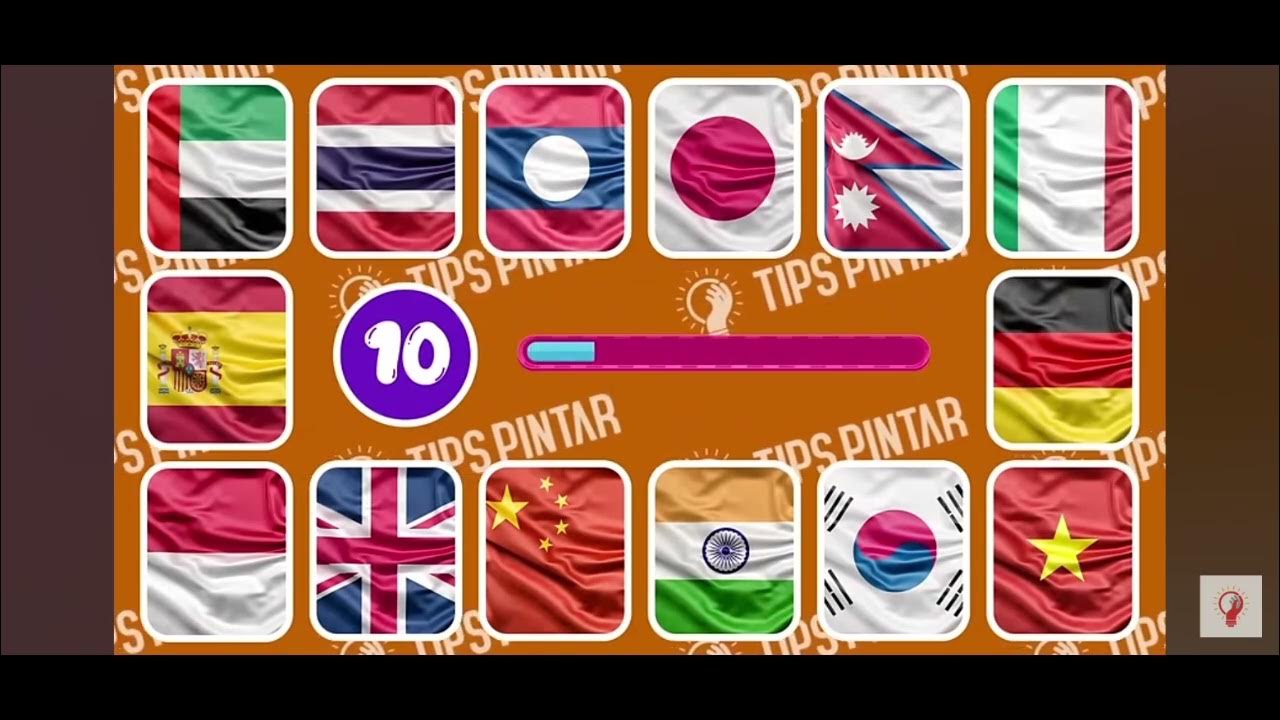EXPERIMENTOS DE CONSERVACIÓN DE PIAGET
Summary
TLDRThis video script involves a series of educational interactions where children of varying ages are asked to compare and analyze two objects—often glasses of water or rows of candies—to assess if they hold the same quantity or if one has more. The dialogue encourages the children to visually inspect and adjust the items to ensure equality. The script highlights the concepts of volume, capacity, and quantity, reinforcing the idea that slight changes in shape, size, or arrangement can affect the perception of equality, helping children develop critical thinking and measurement skills.
Takeaways
- 😀 The script involves multiple participants of different ages being asked to compare amounts of water in glasses and quantities of candies.
- 😀 The participants are asked to determine whether two glasses contain the same amount of water or if one has more.
- 😀 The script illustrates how the same volume of water can appear different depending on the shape of the container.
- 😀 Some participants respond by indicating that one container has more water, while others notice differences in size or volume.
- 😀 The participants are tasked with equalizing the amounts of water in two glasses by adding or removing water until they are the same.
- 😀 The concept of comparing the quantity of candies in two rows is also explored, with participants determining whether the rows are equal or if one has more candies.
- 😀 The children in the script demonstrate their understanding by rearranging the candies to make the rows equal in length.
- 😀 The script emphasizes the importance of perception in understanding volume and quantity, showing that changes in the appearance of containers affect people's judgments.
- 😀 There is a focus on how the position and arrangement of objects (such as candies or water) can influence how we perceive their quantity.
- 😀 The participants, who are children of different ages (from 4 to 12), show different levels of understanding, indicating the development of cognitive skills related to measurement and comparison.
Q & A
What is the main activity being conducted in the script?
-The main activity involves children comparing quantities in various scenarios, such as the amount of water in glasses or the number of candies in rows, and determining whether the quantities are equal or different.
What task is presented when comparing the glasses of water?
-The children are asked to determine whether the two glasses of water contain the same amount of water or if one glass has more. They are instructed to adjust the amounts until both glasses are equal.
How do the children assess the quantity of water in the glasses?
-The children assess the quantity of water by visually comparing the levels in the glasses and by adding or removing water to make the quantities equal.
What concept is emphasized when comparing rows of candies?
-The concept of equality and quantity is emphasized when comparing rows of candies. Children are asked to determine if the rows contain the same number of candies or if one row has more, and they are encouraged to adjust the rows to make them equal.
Why do the children often mention the shape or size of containers when comparing amounts of water?
-Children mention the shape or size of containers because the size and shape of the glasses affect how much water they can hold, even if the visible amount of water seems similar. They are learning that quantity is not always directly correlated with size or shape.
What is the role of measurement in the tasks presented in the script?
-Measurement plays a key role in the tasks as the children learn to assess quantities visually and make adjustments. Sometimes, they rely on approximate measurements (e.g., cm or millimeters) to compare the amounts.
How do the children adjust the rows of candies to make them equal?
-The children adjust the rows by moving candies from one row to another or rearranging them to make the number of candies in both rows the same.
What does the script suggest about how children understand the concept of more or less?
-The script suggests that children understand the concept of more or less through direct comparison, either by visualizing differences or by manipulating the items (water or candies) to make them equal. They also notice the impact of the container's shape on the amount of water.
Why do the children sometimes say that one glass has more water even when the amounts seem visually similar?
-The children sometimes say that one glass has more water because they recognize that the shape of the glass (such as being taller or narrower) affects how the water is distributed, even if the visible amount seems similar.
How does the script illustrate the concept of conservation of quantity?
-The script illustrates the concept of conservation of quantity by showing that when the water is transferred from one container to another, the amount of water remains the same despite changes in the container's shape or size. The children learn that quantity does not change just because the appearance changes.
Outlines

This section is available to paid users only. Please upgrade to access this part.
Upgrade NowMindmap

This section is available to paid users only. Please upgrade to access this part.
Upgrade NowKeywords

This section is available to paid users only. Please upgrade to access this part.
Upgrade NowHighlights

This section is available to paid users only. Please upgrade to access this part.
Upgrade NowTranscripts

This section is available to paid users only. Please upgrade to access this part.
Upgrade Now5.0 / 5 (0 votes)





